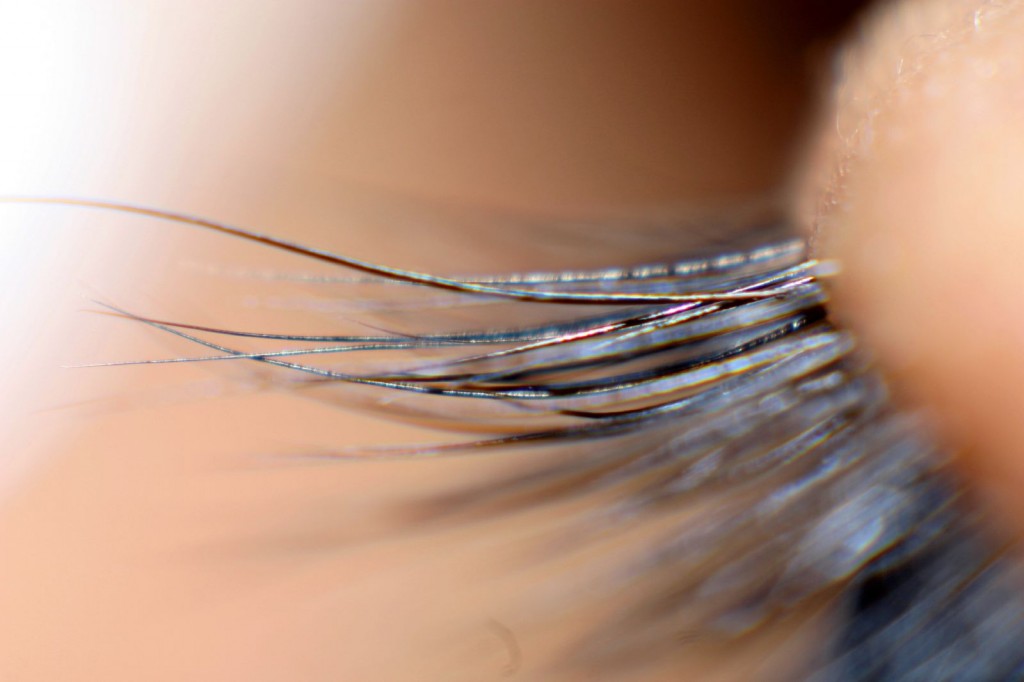Blepharitis Treatment in Toronto
What is blepharitis?
Blepharitis is a chronic inflammation of the eyelids. It is characterized by a blockage of the oil glands at the eyelash margin. Patients with dry skin, dandruff or rosacea are more likely to develop blepharitis. Blepharitis can be classified as seborrhoeic, staphylococcal, or parasitic.
Seborrhoeic blepharitis is caused by seborrhoeic dermatitis resulting in dry, scaling or flaking of the eyelids, much like dandruff. The eyelids may cause itching, flaking and mild redness of the eyelids. Staphylococcal blepharitis is caused by bacteria and often results in loss of eyelashes. Other symptoms include foreign body sensation, matting of the lashes, and burning as well as discharge. Parasitic (Demodex) blepharitis is caused by microscopic mites and their waste material that block the follicles of the eyelashes. Symptoms include swollen, red eyelids, itching, and crusting.

How is blepharitis treated?
Hygiene Relieves Blepharitis Symptoms
Blepharitis is typically chronic so it can be difficult and frustrating to treat. Proper lid hygiene is crucial in alleviating symptoms of blepharitis. The use of warm compresses, cleansing lid wipes and topical treatments will be recommended by your doctor.
How to apply warm compresses:
- With clean hands, apply a damp, warm cloth to eyelids to open follicles and loosen debris.
- Leave the compress on for approximately 5 minutes or as advised by your doctor.
- One removed, gently massage lids
- It may be helpful to wash the lids thoroughly after warm compresses to cleanse away any debris or build-up.
Cleaning the eyelids is essential to treatment. You can use cleansing eye lid wipes such as Systane Cleansing Lid Wipes or using a mild soap to cleanse the eyelids. It may also be recommended applying diluted tea tree oil for its antibacterial properties which can reduce symptoms and help relieve inflammation.
To Clean Eyelids
- Thoroughly was lids with lid wipes or baby shampoo and rinse with cold water.
- apply a thin layer of 1:1 ratio teatree oil + carrier oil (olive oil, macadamia oil, coconut oil etc.)
- Use separate cotton swabs per eye to avoid cross contamination.
- To treat demodex blepharitis, tea tree oil treatment may be required for 4–6 weeks to eliminate the infestation.
Avoid using make-up and wearing contact lenses while you are experiencing symptoms of blepharitis.

